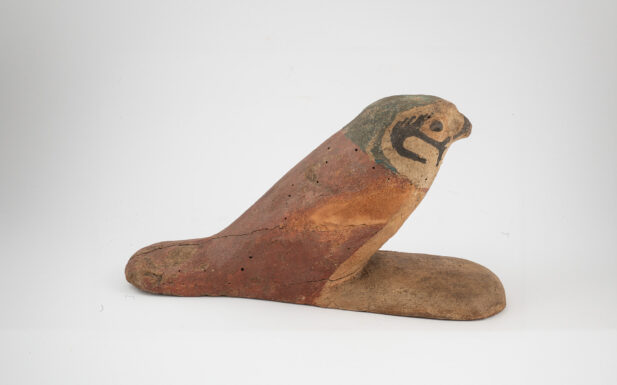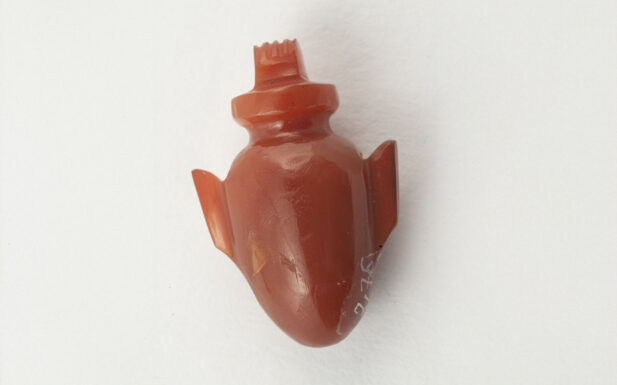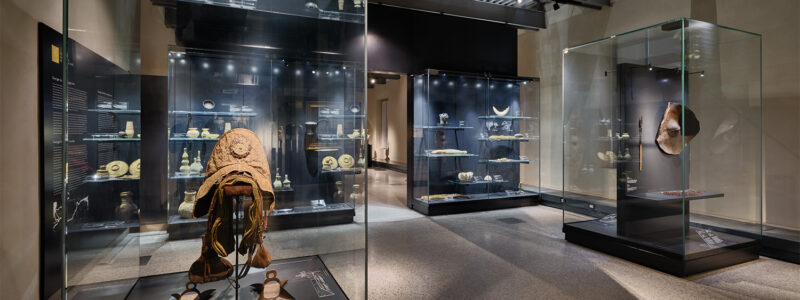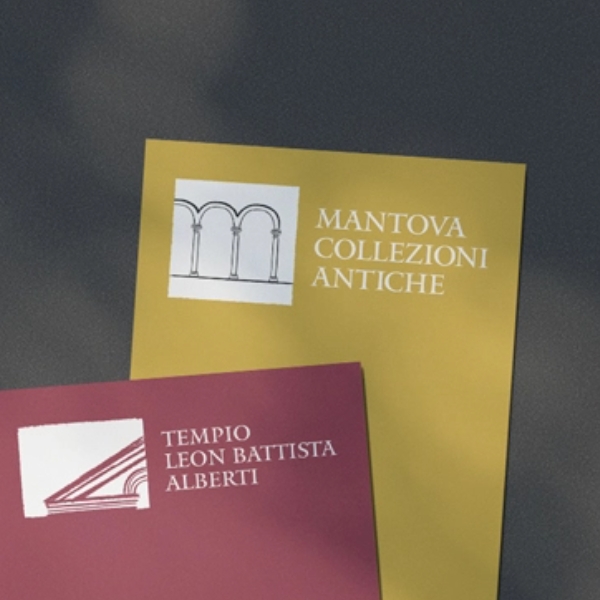The papyrus, still in roll form, was acquired by Acerbi on his 1828-29 trip to Upper Egypt. The scroll was only opened in 1880 by Ernesto Schiaparelli, who had just been appointed director of the Egyptian Museum in Florence, revealing a few chapters with vignettes from a Book of the Dead in Hieratic in the name of the deceased Aset-uret. The Book of the Dead, or rather the Formulas for going out into the daylight, is a collection of texts of varying origin and structure, which appeared in Egyptian tombs from the New Kingdom (1539-1070 BC) and remained in use until the Roman era (30 BC – 395 AD).
According to the Egyptians, it was Thoth himself, god of science and writing, who created this collection of magic formulas, which was meant to provide the deceased with the necessary instructions and tools to face the difficult journey into the afterlife. The known versions of the Book of the Dead, inscribed on the walls of tombs, on sarcophagi, on papyri and mummy wrappings, on stelae and amulets, as well as on various other funerary dowry, never provide the full set of formulae – nearly two hundred – but a more or less rich selection of them, if not a single chapter.
Late Period (664-332 BC) – Early Ptolemaic Period (332-30 BC)
Egypt, West Thebes
papyrus with polychromy








